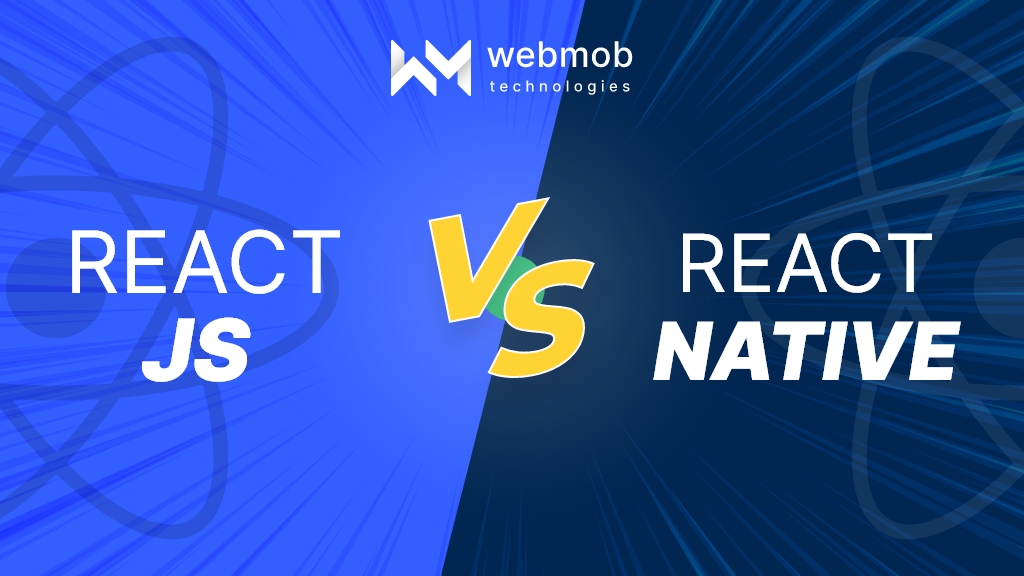Top React App Optimization Techniques for 2024

Summary: React has been a great tech trend for the world of web apps across the globe. Why do you think big online ventures like Airbnb, Netflix, and Amazon have taken React as their crux? The JS library performs great with all its features. And every year it does gives us a rock solid invention. In this blog, we have discussed about react app optimization techniques. How will you get your React app to the next level? Dive into the blog!
Introduction
Who does not want a rich UI for his app? Today, it takes only 5 seconds to engage or lose a user. So, every online venture intends to have its best foot forward. Be it a mobile app or a progressive web app, nobody wants to see a buffer screen. So, it has now become a vital part of every SDLC to optimize the apps as and when needed.
Herein, we will talk specifically about web apps and how to optimize them one in time. Now, where there is a web app, React is always going to be a tech trend.
React has set great bars of creativity. With its features and tools like lighthouse, WebP Image format, split code, etc. It is the most loved JS library among the experts.
React is used by 7.1% of all sites that use JS libraries. It makes it 5.8% of the whole web app world.
Thus, it surely is the king of all the other JS advances. To get along with what users expect, React has indeed unlocked the key. It does present its every user with quick loading and intuitive interaction.
Now, without further due, let’s get into how you will optimize your react app. What are the techniques to use for react app optimization? Our experts at WebMob Technologies answered this in depth.
7 Proven Ways to Boost Your React App SDLC Performance
#1 Windowing for Long Lists
We know large lists tend to render longer in a React app. Why so? It is all because of a DOM render that causes a UI lag. So, to eradicate the issue, as an expert, you should go with ‘Windowing.’
It is a list virtualization that helps to eliminate the display of the entire list on the app screen. The tool only permits the display of a limited list on the DOM to avoid delays in listing displays.
React-Window and React-Virtualized are the best tools. Thus, render a small set of lists and improve your React app performance.
- React Window: It is a lightweight library that renders long lists and tabular data. The tech is a rewrite of react-virtualized, i.e. smaller & faster. The advances give components based on the type and scenarios of the list.

- React Virtualized: This popular virtualization library is used by many developers. It has many tools for showing extensive lists and tables without slowing down your app. They give you ways to improve your lists and tables and look how you want. Here is how you can use it.
First install react-virtualized

#2 Memoization
It helps to accelerate computer programs by caching the results of heavy function calls. Also, the tactic returns the calls when more similar inputs are seen than ones. It is similar to caching.
React. memo(), useMemo() and useCallback() are the best techs used in React. And it is the best react app performance method. Let’s have a look at all these three tactics.
- React. memo(): React normally re-renders a component whenever its parent re-renders. With React. memo it will stop to re-render in the parent re-renders until the new props are the same as the old props.

- useMemo(): It reuses the result of executing a function. As a result, it computes in extra only when the dependency of the underlying function changes.
This is how you can use useMemo() :-

- useCallback(): This is useful if we need that function or handler to stay referentially stable. Thus, it helps to fre-render and perform as per the needs.
#3 Make use of React. Fragments
No need of unnecessary division in the code. The fragments do not add new elements to the DOM. No wrapper DOM node is required for it to render.
In React js components, we need to wrap all the jsx content inside a parent tag. If we use any div or any other tag, it creates an additional DOM node. To prevent this extra node, React provides <React.Fragment><React.Fragment> Tag.

#4 Lazy load images
What will happen if your web app has too many images? Obviously, the images will take time to load. With lazy loading in React, your images will display on time on a user screen. It renders a particular image as and when the turn comes. Thus, it declutters all the chaos of image rendering.
#5 Trim or split a code
JS packages allow to trim code at ease. There is no need for redundant code in a React app. One can also chop down a bundle of code into smaller modules. Thus, it helps the web app to load fast, resulting in user satisfaction.
The code split transfers only the code that you need. Indeed runs it initially than the others, which are made to run at the time of run time. So, the app’s launch time reduces and improves the overall SDLC performance.
Dynamic imports or React. lazy() with React. Suspense is best used for code split.
- Dynamic Imports: It allows modules to be imported asynchronously. And enables the code segmentation into smaller fragments. Also, dynamic imports are utilized within a function or component using the import() function.

quickly. On the other hand, React. Suspense serves as a component to specify a loading indicator. At the same time, the lazily loaded components are fetched.

#6 Server side rendering (SSR)
Optimize your React app development with SSR. It is not just about SEO purposes but also about using SSR with Next.js. Firstly, it is not a much used tactic as it makes the pace of loading an app much slower.
Nextjs is one of the best SSR that the experts swear by. One uses React Amin Dashboard, which Next.js power. You may easily improve the SDLC with the help of NextJS integrated React admin templates.
#7 Optimize React Redux app
It all started with Yahoo’s problem with Redux blend of React. When you use Redux with React, it creates many app complexities. So, to overcome this, the tech world has two ways.
The use of the RESELECT library is the first step to take when you have the higher-order components in your React app to render. The library was indeed beneficial to Yahoo.
Immutable.js is another way that helps improve the efficiency of React Redux apps. An immutable list could outperform a mutable list by up to four times. The Redux state tree uses a lot of memory when copying data when mutable data structures are used, which degrades the app’s performance.
#8 Use production build
Test and test to improve. With production build you can easily have a minified version of what you have exactly done. React comes with many warnings that allow an expert to build with caution. One needs to look into the production version before the final deployment. It will help you to make your React app less bulky.
Note: When you work on an app, you must make use of a development tool. At the time of deployment, you should look into a production model.
#9 Client side rendering (CSR)
JS is used by the client’s browser to create HTML content in CSR. This tactic may offer a quick and engaging user experience. And thus, also hurt SEO and initial loading times.
#10 Content delivery network (CDN)
Some several nodes or servers work to deliver web content based on geographic location. As per a user’s content need, CDN will serve its closest need. It caches frequently to help with the load speed on a site’s origin server. CDNs are popular to host static content. Cloudflare and AmazonCloudFront are the best CDNs.
Are You Ready to Improve Your React App Performance?
React app optimization has been decoded up to some extent by our experts. The JS ecosystem is vast, and you need to have a clear insight into how to tackle any such issues. With the growth of the overall online tech world, it is necessary to get a hold of such tactics. And maximize your React SDLC for a brighter future. Invade the online spectrum with the best team and tech stack.
FAQs
How do I get my React app’s bundle size down?
There are 3 best methods to reduce bundle size in React. Webpack Bundle Analyzer, code splitting, and tree shaking are the popular ones among the experts.
What are some ways to make my React app run better?
There are many tactics to make a performance of React app better. Code split, memoization, lazy loading, and reducing the number of pointless renders are the best ones used for the JS library.
How can I assess the performance of a React app?
Analyze your React app performance with the help of WebPageTest, Lighthouse, React Developer Tools, and Chrome DevTools.
Hire React app developers today!
Our experts have over 4+ years of expertise in the JS tech space. Consult us & get a sound valuation for your project.
Hire nowSubscribe to Our Newsletter!
Stay Updated to the Technology Trends for Every Industry Niche.








